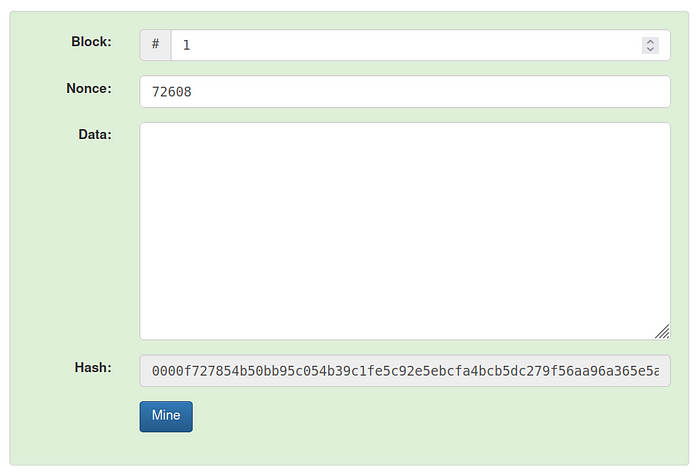What are Blockchains?
The so called next generation databases
As the first article of probably a long series 😉 I decided to start from the beginning and make things clear for everyone and for me. So, let’s begin. Today I’m gonna to talk about what is a blockchain. First things first, what is Blockchain Technology?
Blockchain technology it is one of the most promising technologies in the history of the World Wide Web. According to recent statistics, the worldwide expenditure on blockchain solutions 2021 is about 6.6 billion US D (https://www.statista.com accessed 14th September 2021). Besides it’s growing popularity, it still suffers from the issues of scalability and interoperability which is critical for economic and industrial adaptations.

A blockchain contains four core components namely, the blockchain itself, asymmetric cryptography, transactions, consensus mechanism. From a generic point of view, Blockchain can be considered as a specific kind of distributed ledger. The idea first emerged in the mind of two people after that it came out to us as a research paper called “How to timestamp a Digital Document” (Haber and Stornetta, 1990). But, the blockchain technology itself emerged as a real-world application to the tech-world with the introduction of bitcoin thanks to a shy person called Satoshi Nakamoto. As Nakamoto says (in his/her/their paper), the intention of introducing bitcoin is to make an electronic cash which is purely peer-to-peer which can make payments directly between different parties without the intervention of a centralized authority/intermediary (ex: Bank).
Block ?

As the name suggests, the blockchain is a chain of blocks. This block, which is the primary structural unit of a blockchain consist of four major sections: data, nonce, block hash, previous block hash. So called data are a set of transactions which happened through the blockchain aand the nonce is the one the miners struggle so much to find by solving a puzzle (easy heh!) The puzzle can be easy as finding hashes which starts with n number of zeros.
The hash acts just like a fingerprint for each block. Every information which is in a block can be extracted through this hash. Hash is calculated by using different mathematical strategies or algorithms such as SHA 256, keccak256, Scrypt, Blake2. Each block contains the hash of the previous block thus, they are connected like a chain. So once small data in the blockchain is changed, it will propagate to whole blockchain. So true, yes the malicious miner can re-mine the block and get a valid blockchain. But democracy rules!! Each participant for validating the blockchain has the current copy of valid blockchain with them. If a single data inside one block is changed, it results in the change of block hash and then propagates to the rest blockchain making it invalid :relieved:. Thus a blockchain is immutable by it’s nature. This approach is intended to remove the problem comes with the centralization which the parties have to trust the central authority about the safety of their assets.


A design of a ledger which contains many blocks with verified transactions and these blocks are hashed based on the previous block so that the hash of the current block is derived. Participants of the network(miners) have computers which serve as nodes which verify, if appropriate execute the proposed transactions according to an agreed-upon mechanism called a consensus.
The transactions are verified and for verification simple public key cryptography is used. Transactions executed are encrypted and stored on linked blocks creating an audit trail. To reach agreement of the validity of a transaction between nodes of the p2p network a consensus algorithm is used. The consensus mechanism is the cornerstone of distributed technology. Such a mechanism should provide confirmation of each transaction’s validity by reaching an agreement between all network participants (or rather all active participants — full nodes).

Initially, blockchains’ focus was only towards cryptocurrencies. But, with the introduction of smart contracts in 2014, the blockchains started to walk in a more confident path towards practical use cases. In recent years it has been used in different domains such as supply chain management, healthcare, voting, identity management, and even in agriculture. jeez.. . So far all the basics are covered. Let’s meet on my next adventure on crypto world. Bye!!
